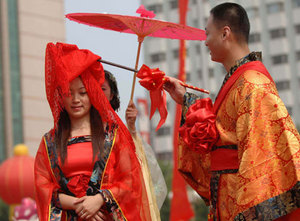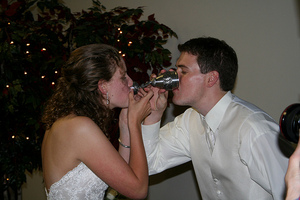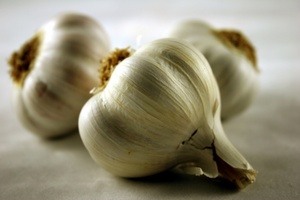Hindu wedding tradition
A wedding is a glorious event celebrated in unique ways by different cultures. Hindu wedding traditions cover everything from an engagement ceremony to a ritual celebrated several days after the wedding.
The Hindu engagement ceremony is called Mangni. It is a blessing for the soon-to-be-married couple. The couple is given gifts of clothing and jewelry as part of this Hindu wedding tradition.
The next event is Adan Pradan. It is a gathering of the bride, the groom, their elders, and a priest who is called a purohit. The purpose of this gathering is to ensure that the couple has the same status and that they are not close blood relatives.
After the Adan Pradan, the wedding date can be set after careful consideration. There are several time periods when a wedding cannot be held according to the Indian calendar.
Another one of the Hindu wedding traditions is the Aashirwad. This is a confirmation of the marriage union. It is held several evenings prior to the wedding day. It can be held at either the bride’s or groom’s home. Like the Adan Pradan, the Aashirwad is attended by a priest. In this tradition, the entrance door of the home is decorated with mango leaves which will be left on the door for one year following the wedding. During the ceremony, the groom is given gold buttons, a watch, and a ring. The bride is given a garment called a sari.
A Hindu wedding tradition called Vridhi occurs the day before the wedding. A priest visits the bride and groom at home to offer a prayer to their ancestors during this ceremony.
On the morning of the marriage ceremony, while it is still dark outside, the Dodhi Mangal ceremony takes place. The bride and groom are taken to a local pond by a group of married women. The married women invite the Goddess Ganga to the marriage ceremony; and they and collect water from the pond which is used to bathe the bride and groom back at home. The bride and groom are allowed to eat only fish, curd, and rice during the day of the Dodhi Mangal. This Hindu wedding tradition also calls for the exchange of gifts between the couple’s families.
During Hindu marriage ceremonies, daily offerings are made to Saint Kuber. Both the homes of the bride and the groom hold images of the saint. Married women help the bride and groom with a ritual bath. During this bath, turmeric, oil, and water are applied to the couple’s hair. All the participants in this Hindu wedding tradition wear new clothing. After the ritual, the bride will wear bracelets made of conch shells; the bangles are first washed in turmeric water.
The bride’s wedding apparel is a sari, ornaments, a crown, and veil. The groom’s outfit is called a Dhoti which is an unstitched loincloth. He also wears a shirt. He wears this outfit until he arrives at the bride’s home where he will change into another outfit, cover himself with a sheet, and wear a headdress called a topor.
The groom’s mother will not attend the wedding ceremony. Neither will the mother of the bride. According to Hindu wedding traditions, the absence of the couple’s mothers ensures that the couple avoids the “evil eye.”
The groom is welcomed at the bride’s house by the sound of bell-ringing, the blowing of conch shells, and the wailing of excited guests. As he enters her home, water is poured on the doorsill. A ritual is completed with a silver plate before the groom is offered sweets.
Once the priest arrives, the ceremony begins. This Hindu wedding tradition is performed in the presence of family and friends. Floral garlands are exchanged and other rituals are performed. Dinner may be served after which games and music are played the entire night.
It is a Hindu wedding tradition for the groom to apply bright red vermilion to the bride’s forehead the morning after the wedding.
The next part of the Hindu wedding tradition takes place at the groom’s house. Women pour water under the couple’s car before the couple can exit the vehicle. The bride’s feet are washed with milk and flour before being led inside. Blessings are given to the couple and the bride receives saris and ornaments. The Hindu wedding tradition called Bou Bhat follows. Women wail and howl while ringing bells and blowing conch shells.
The final Hindu wedding tradition occurs several days later. The couple visits the bride’s home. She wears a thread on her wrist that had been placed there by a priest. During this Hindu wedding tradition, the thread is cut and the marriage ceremonies are complete.




